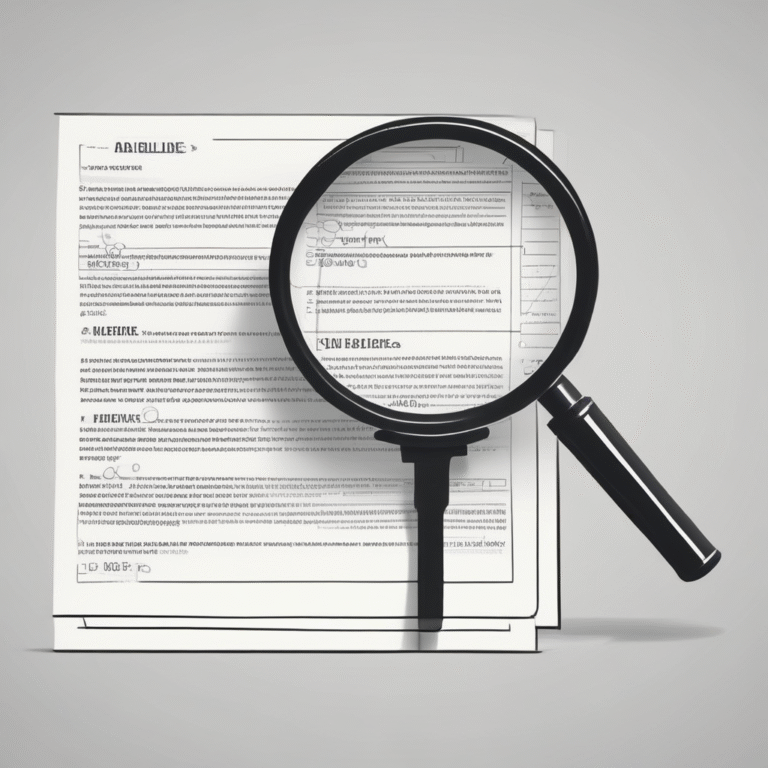Introduction to the EU AI Act
The European Union’s AI Act, effective from February 2, 2025, is a groundbreaking legislative framework aimed at regulating artificial intelligence across Europe. The Act endeavors to balance innovation with ethical considerations, targeting AI systems that pose unacceptable risks. The drive to ban artificial intelligence practices deemed harmful is at the heart of this legislation. This article explores the Act’s key prohibited practices, exceptions, and its implications for various stakeholders.
Prohibited AI Practices
Subliminal, Manipulative, and Deceptive Techniques
In its effort to ban artificial intelligence practices that harm individuals, the EU AI Act prohibits systems that employ subliminal techniques. These include AI systems using audio, imagery, or video to influence behavior without the user’s knowledge. The use of such manipulative methods can significantly distort user autonomy and decision-making.
Exploiting Vulnerabilities
The Act also bans AI systems that exploit vulnerabilities related to age, disability, or socio-economic status. Such systems are often designed to distort behavior in a manner that could be harmful or unfair. By banning these practices, the Act seeks to protect the most vulnerable populations from being manipulated by AI technologies.
Social Scoring
A significant concern addressed by the EU AI Act is the use of AI for social scoring by both public and private entities. This practice can result in discriminatory outcomes, infringing on fundamental rights such as dignity and non-discrimination. Banning artificial intelligence in this context is crucial for maintaining equitable societal structures.
Predictive Policing
Predictive policing, when based solely on profiling, is another practice that the Act seeks to eliminate. AI systems that predict criminal behavior without concrete actions are prohibited, emphasizing the need for factual and fair evaluations over speculative predictions. The aim is to prevent unjust profiling and potential miscarriages of justice.
Emotion Recognition
AI technologies designed to interpret emotional states, particularly in workplaces and educational settings, are banned due to concerns over their scientific validity and inherent biases. This restriction is part of a broader effort to ban artificial intelligence systems that could infringe on personal privacy and create a surveillance-like environment.
Facial Recognition Databases
Creating databases through untargeted scraping for facial recognition purposes is prohibited. This practice raises significant privacy concerns, and the Act’s stance is a clear move to control the ways personal data can be harvested and utilized by AI systems.
Biometric Categorization
The Act also bans the deduction of sensitive personal information, such as race or political opinions, from biometric data. These prohibitions are crucial for protecting individual privacy and preventing misuse of personal data.
Exceptions and Exemptions
Health and Safety Reasons
While the Act imposes strict regulations, it also provides exceptions for AI systems used in health or safety contexts. In medical or therapeutic settings, AI applications that contribute to significant health and safety benefits are allowed, reflecting a nuanced approach that balances innovation with ethical considerations.
Law Enforcement Exceptions
There are narrow exceptions for real-time biometric identification, applicable under specific circumstances for law enforcement purposes. These exceptions are tightly regulated to ensure they do not infringe on personal liberties while maintaining public safety.
Real-World Examples and Case Studies
Clearview AI
The penalties faced by Clearview AI for non-compliance with facial recognition database regulations serve as a cautionary tale. It highlights the significant risks companies face if they fail to adhere to the EU AI Act’s provisions.
Social Media Platforms
Social media platforms often use AI to manipulate user engagement. The challenge lies in deploying these technologies without violating the Act, ensuring transparency and user consent are prioritized.
Technical Explanations
AI System Design
To comply with the Act, AI systems must be designed with transparency and accountability in mind. Developers need to implement features that allow for auditability and user control, ensuring that AI systems align with the Act’s requirements.
Data Protection Considerations
Integrating GDPR compliance into AI system design is critical. By ensuring data protection measures are robust, companies can safeguard personal data while adhering to the AI Act’s stringent requirements.
Actionable Insights
Best Practices for Compliance
- Conduct thorough risk assessments for AI systems.
- Implement AI literacy programs for personnel.
- Regularly review and update AI systems to ensure compliance.
Frameworks and Methodologies
- Use a risk-based approach to categorize AI systems.
- Develop internal guidelines for AI development and deployment.
Tools and Platforms
- Utilize governance platforms like Holistic AI for compliance management.
- Leverage AI auditing tools to identify potential risks.
Challenges & Solutions
Balancing Innovation with Compliance
The challenge of maintaining innovation while ensuring compliance can be addressed by implementing a phased approach to AI development. Integrating compliance checks at each stage of development can help navigate this complex landscape.
Ensuring AI Literacy
Developing comprehensive training programs for personnel involved in AI operations is crucial. These programs should focus on ethical AI use and compliance with the EU AI Act.
Managing Data Privacy
To manage data privacy effectively, integrating GDPR compliance into AI system design is essential. This integration helps protect personal data and ensures adherence to both the GDPR and the AI Act.
Latest Trends & Future Outlook
Recent Developments
Updates on the implementation timeline and stakeholder consultations are ongoing, with the full implementation of the Act expected to influence AI development globally.
Future Trends
The EU AI Act is likely to inspire similar regulations worldwide as other regions observe its impact on AI research and development. The Act could set a precedent for global AI governance, shaping the future of AI innovation.
Impact on Innovation
The Act is poised to influence AI research and development significantly, both in Europe and beyond. By setting stringent standards, the EU AI Act encourages the development of AI systems that are both innovative and ethically sound.
Conclusion
In conclusion, the EU AI Act represents a pivotal step toward regulating artificial intelligence practices that pose unacceptable risks. The drive to ban artificial intelligence in contexts like social scoring, predictive policing, and emotion recognition reflects a commitment to safeguarding fundamental rights and ethical standards. As the Act’s implementation progresses, it will undoubtedly shape the future of AI development, serving as a model for global regulations. Stakeholders must stay informed and proactive to ensure compliance and harness AI’s potential responsibly.










